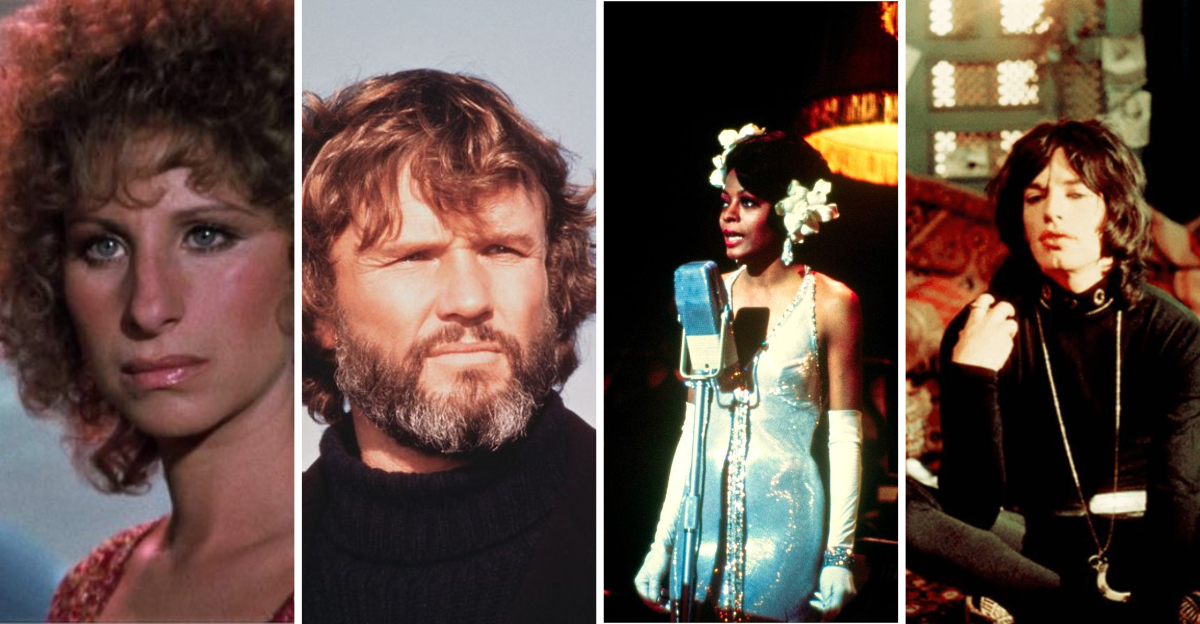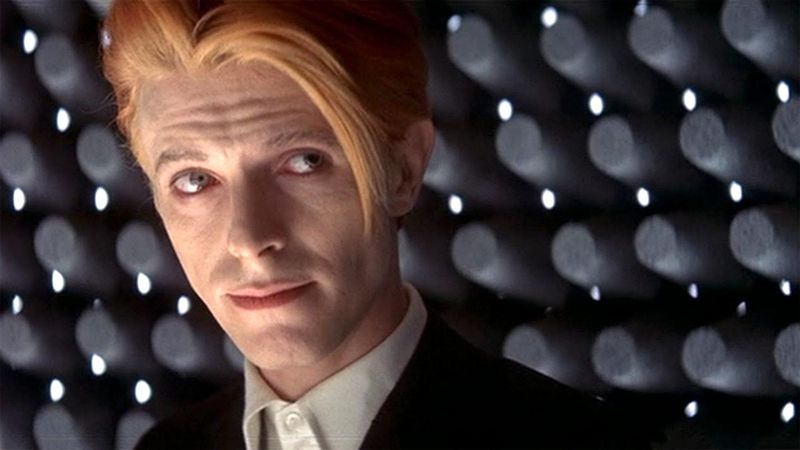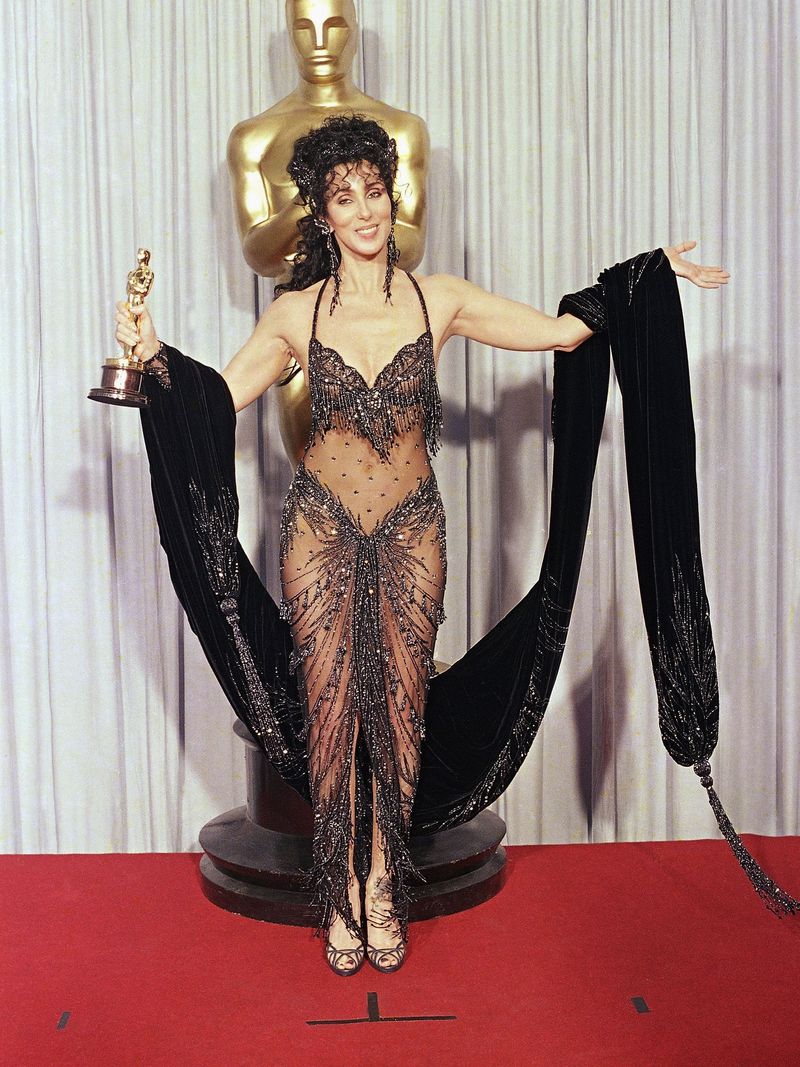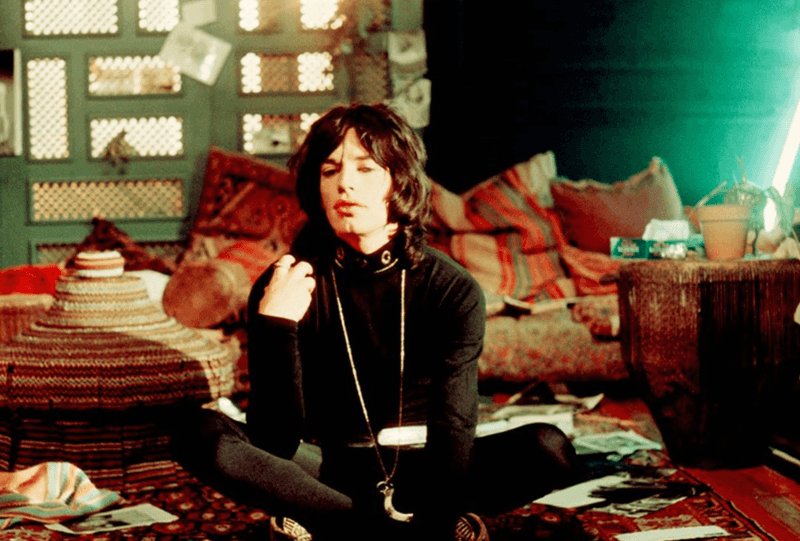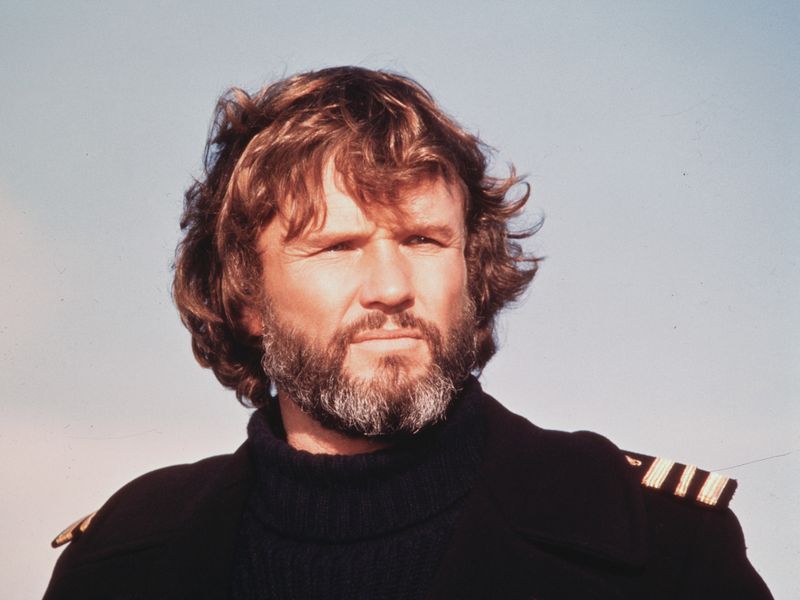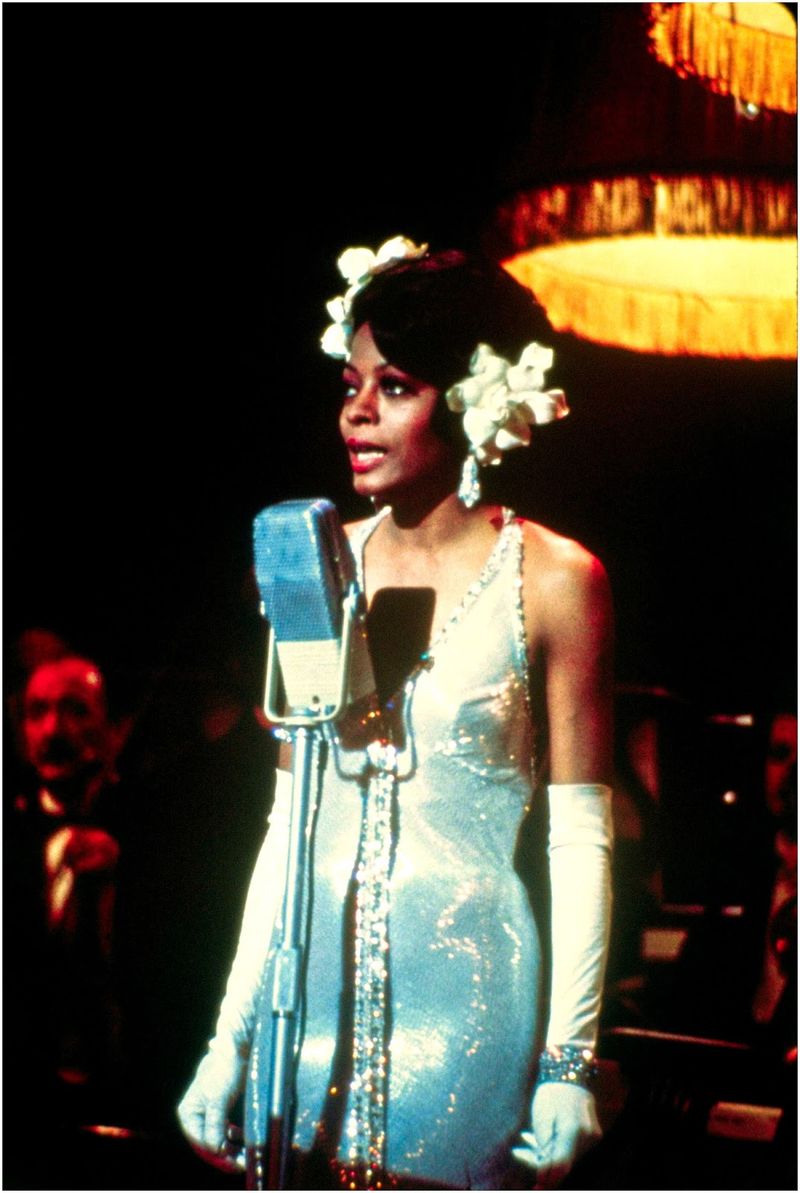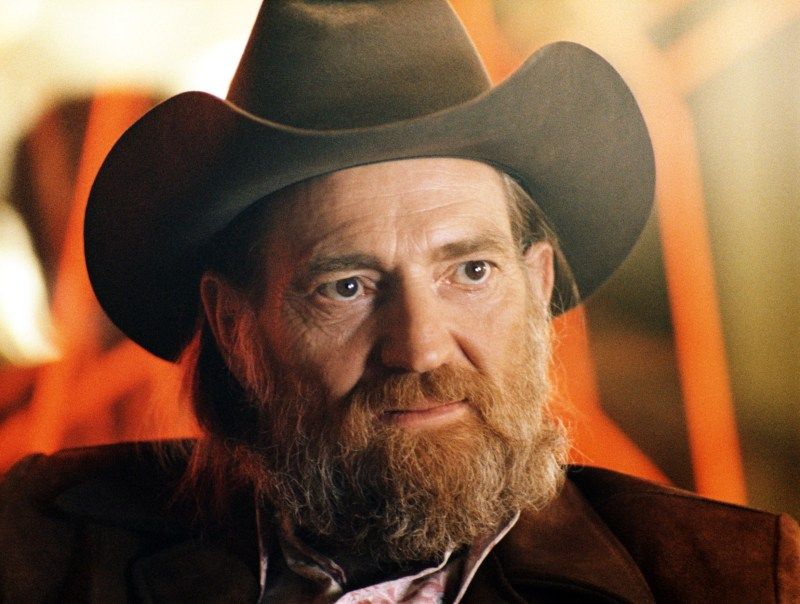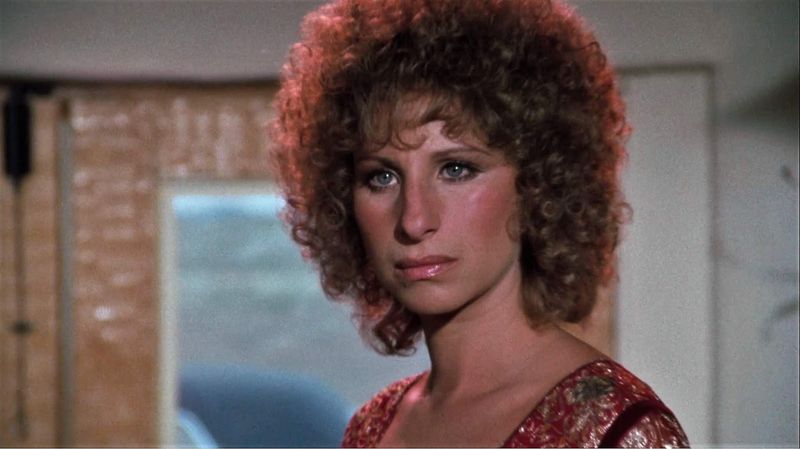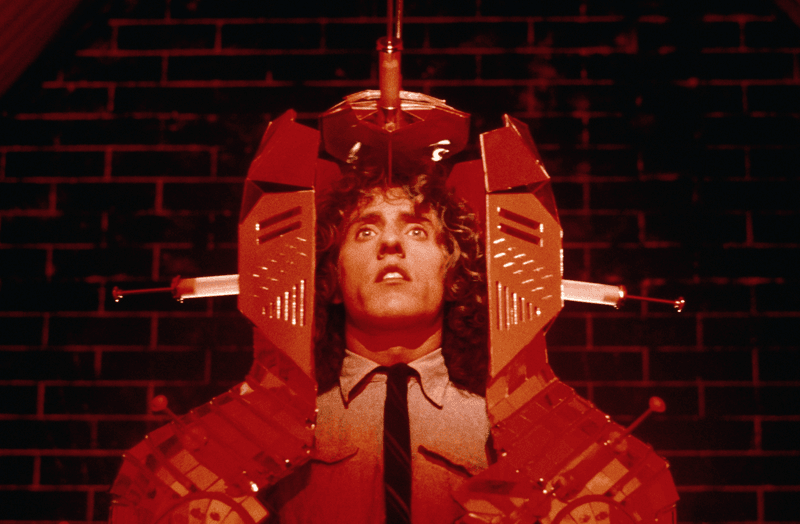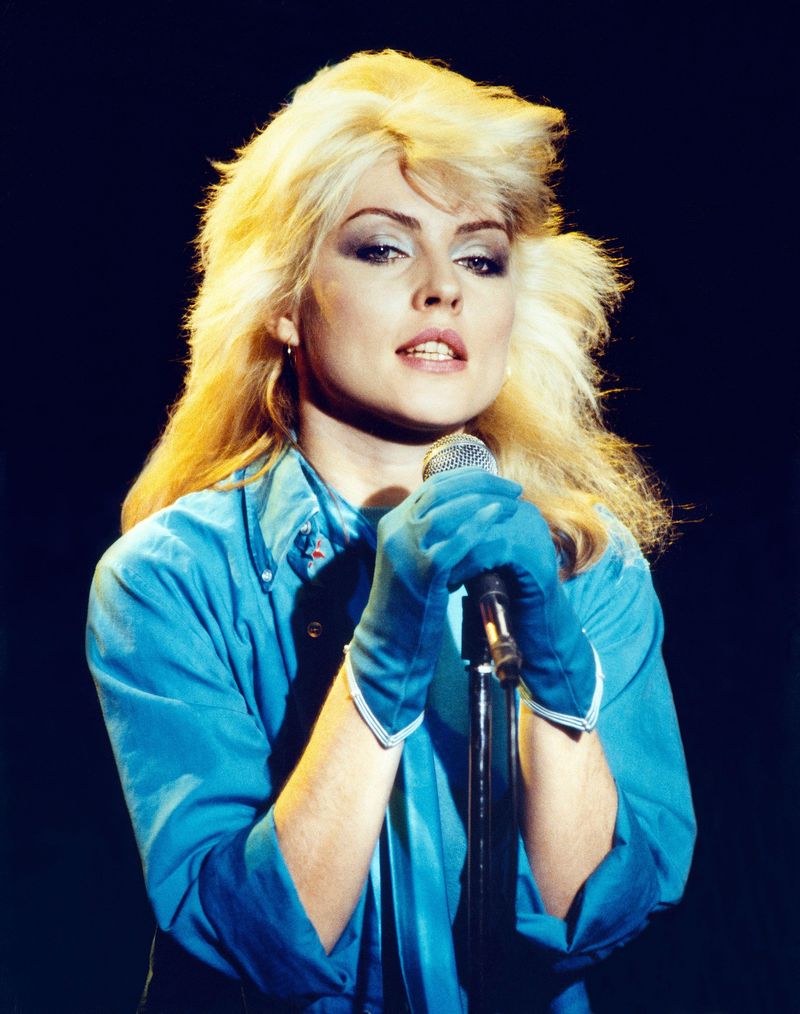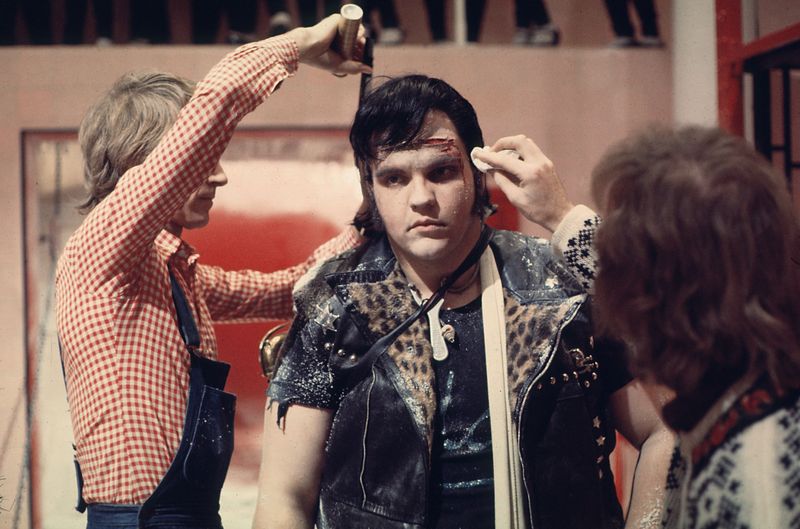The 1970s music scene gave us more than just iconic albums and chart-topping hits. Many musical superstars from this golden era discovered they had talent beyond the recording studio, finding success on the silver screen as well. These multi-talented performers conquered both worlds, creating lasting legacies in music and film that continue to influence artists today.
1. David Bowie: The Chameleon of Rock and Film
The Thin White Duke transformed himself as easily on screen as he did through his musical personas. After captivating audiences with albums like “Ziggy Stardust” and “Station to Station,” Bowie delivered a hauntingly perfect performance in 1976’s “The Man Who Fell to Earth.”
His alien-like features and otherworldly presence made him a natural for unique roles. From the mysterious Goblin King in “Labyrinth” to Nikola Tesla in “The Prestige,” Bowie’s acting career reflected his musical one – always evolving, never predictable.
Fun fact: Bowie was offered the role of villain Max Zorin in the James Bond film “A View to a Kill” but turned it down.
2. Cher: From Folk Rock to Oscar Gold
Already a household name from her musical partnership with Sonny Bono and solo hits like “Gypsys, Tramps & Thieves,” Cher stunned Hollywood by revealing serious acting chops. Her dramatic transformation began with 1983’s “Silkwood,” earning her first Academy Award nomination.
The singer-turned-actress reached the pinnacle of acting success with her Oscar-winning performance in “Moonstruck.” Her portrayal of Loretta Castorini showcased a natural talent that surprised critics who had underestimated her.
What makes Cher’s acting career remarkable is how she shattered expectations, proving that a successful musician could indeed become a respected, award-winning actress.
3. Mick Jagger: Rolling Stone on the Silver Screen
The swaggering frontman of The Rolling Stones brought his electric stage presence to cinema with roles that matched his rebellious persona. Jagger’s acting debut in the experimental 1970 film “Performance” showcased his natural charisma as a reclusive rock star.
That same year, he surprised audiences by playing the title character in “Ned Kelly,” portraying the infamous Australian outlaw. Though critics were divided, his willingness to take on challenging roles demonstrated ambition beyond music.
While never becoming a Hollywood regular, Jagger’s occasional film appearances throughout the decades proved he could command attention on screen just as he did on stage with the Stones.
4. Kris Kristofferson: Country Outlaw Turned Leading Man
Rhodes Scholar, helicopter pilot, and country music legend – Kristofferson already had an impressive resume before adding “movie star” to his list of accomplishments. His rugged good looks and authentic presence made him a natural for Hollywood.
Kristofferson’s breakthrough came opposite Ellen Burstyn in Martin Scorsese’s “Alice Doesn’t Live Here Anymore” before his star-making turn alongside Barbra Streisand in the 1976 remake of “A Star Is Born.” His portrayal of self-destructive rock star John Norman Howard earned him a Golden Globe.
Unlike many musicians who dabbled in acting, Kristofferson built a substantial film career spanning decades, appearing in classics like “Lone Star” and the “Blade” trilogy.
5. Diana Ross: Supreme Talent Beyond Motown
The voice behind countless Motown classics made an unforgettable acting debut portraying Billie Holiday in 1972’s “Lady Sings the Blues.” Ross didn’t just step into acting – she soared, earning an Academy Award nomination for her very first film role.
Her natural grace and emotional depth continued to shine in 1975’s “Mahogany,” where she played a fashion designer rising from poverty to international fame. The film’s theme song, “Do You Know Where You’re Going To,” became one of her signature hits.
Ross completed her 1970s acting trilogy as Dorothy in the urban reimagining of “The Wizard of Oz” called “The Wiz” (1978), cementing her status as a dual-threat entertainer whose talents extended far beyond the recording studio.
6. Willie Nelson: Red-Headed Stranger on the Big Screen
The outlaw country pioneer with his distinctive voice and unmistakable braids made a natural transition to acting. Nelson’s film debut came alongside Robert Redford and Jane Fonda in 1979’s “The Electric Horseman,” where his authentic cowboy persona shone through.
Directors quickly recognized Nelson’s easy charm and screen presence. His performance in “Honeysuckle Rose” (1980) as a touring country singer torn between family and career felt almost autobiographical, earning him a devoted following among moviegoers.
While never abandoning his first love of music, Nelson built an impressive filmography across multiple decades. His weathered face and philosophical demeanor made him particularly effective in Westerns and rural dramas that reflected his musical storytelling.
7. Barbra Streisand: Powerhouse Vocalist and Visionary Filmmaker
Already an Oscar winner for 1968’s “Funny Girl,” Streisand continued her reign as Hollywood royalty throughout the 1970s while maintaining her status as one of music’s most powerful vocalists. Her perfectionism and artistic vision translated perfectly to film.
The decade saw Streisand starring in hits like “The Way We Were” opposite Robert Redford and the 1976 version of “A Star Is Born” with Kris Kristofferson. Her rendition of “Evergreen” from the latter film won her an Academy Award for Best Original Song.
What separated Streisand from other musician-actors was her drive to control her artistic destiny. She eventually moved behind the camera, becoming one of Hollywood’s rare female directors with 1983’s ambitious “Yentl,” which she also produced, co-wrote, and starred in.
8. Roger Daltrey: The Who’s Frontman Takes Center Stage
The golden-haired voice of The Who brought his electrifying stage presence to the big screen in 1975’s “Tommy,” the film adaptation of the band’s groundbreaking rock opera. Playing the title role of the “deaf, dumb and blind kid,” Daltrey proved his dramatic capabilities extended beyond his powerful vocals.
His compelling performance caught Hollywood’s attention. Daltrey followed with roles in historical dramas like “Lisztomania” (as composer Franz Liszt) and “McVicar,” where he portrayed the real-life British criminal John McVicar.
Unlike many musicians who merely dabbled in acting, Daltrey built a substantial second career on screen. He continued taking roles in films and television throughout the decades while still fronting one of rock’s most explosive live acts.
9. Debbie Harry: Blondie’s Punk Pioneer and Cult Film Queen
The platinum-blonde frontwoman of Blondie brought the same cool detachment and edgy charisma to her film roles that made her a punk and new wave icon. Harry’s striking appearance and downtown New York credibility made her perfect for the emerging independent film scene.
She made her acting debut in the new wave documentary “The Blank Generation” (1976) before appearing in underground films like “Unmade Beds” and “Union City.” Her most memorable early role came in David Cronenberg’s disturbing body horror classic “Videodrome” (1983).
Harry’s acting choices reflected her musical sensibilities – always avant-garde, never mainstream. She continued building an eclectic filmography with appearances in John Waters’ “Hairspray” and even a memorable cameo in the original “Muppet Show.”
10. Meat Loaf: Larger-Than-Life Rocker with Character Actor Chops
Before his 1977 album “Bat Out of Hell” made him a rock legend, Marvin Lee Aday (known as Meat Loaf) was already building an acting resume that would surprise many of his music fans. His theatrical performance style translated perfectly to film, beginning with his memorable role as Eddie in 1975’s cult classic “The Rocky Horror Picture Show.”
His imposing physical presence and unexpected vulnerability made him perfect for character roles. Throughout his career, Meat Loaf balanced music and acting, appearing in over 50 films and television shows.
His most acclaimed acting turn came decades later as Robert Paulson in David Fincher’s “Fight Club” (1999). The role showcased his ability to bring emotional depth to what could have been a one-dimensional character – much like his approach to his operatic rock songs.
